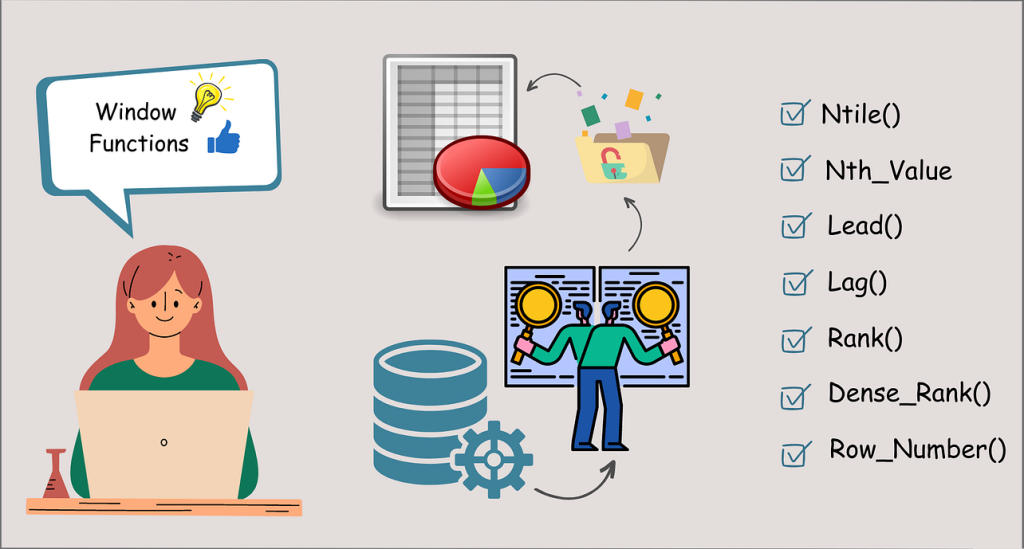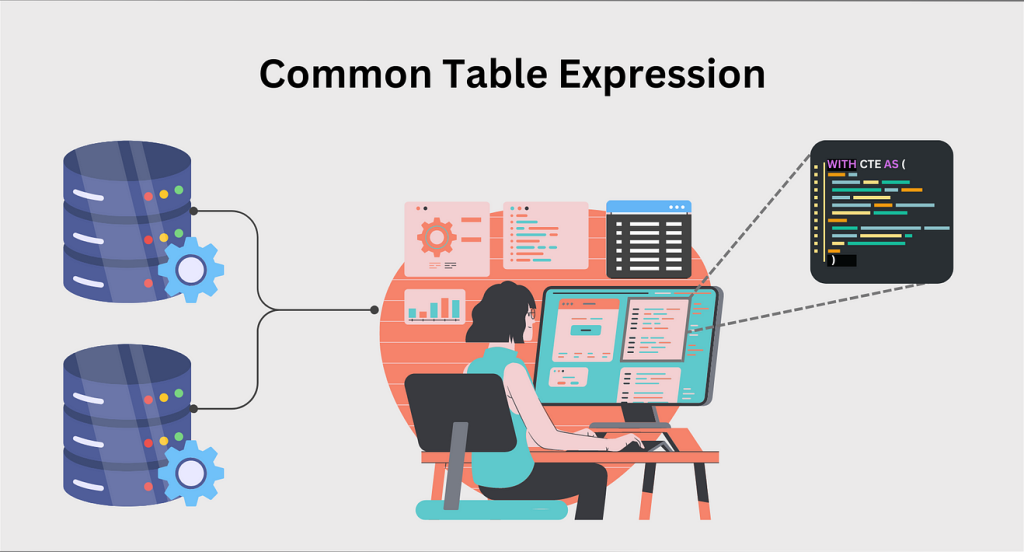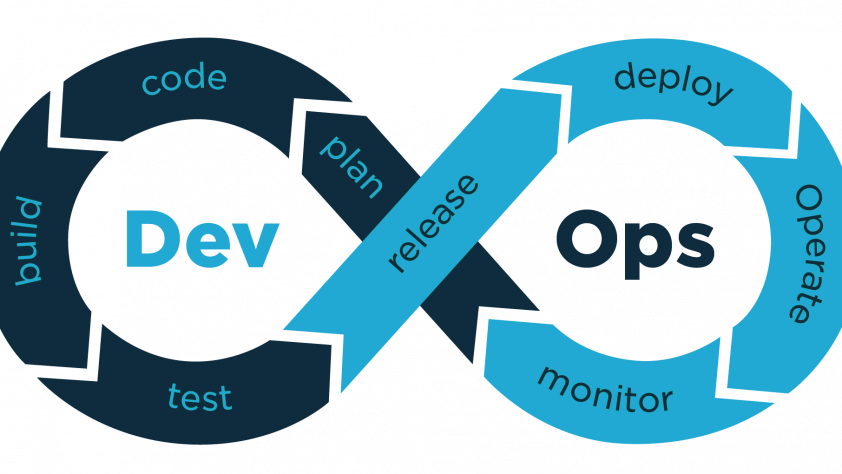Common Table Expressions (CTEs) are a powerful SQL feature that simplifies complex queries by breaking them into readable, reusable components. While basic CTEs are useful for improving query readability, advanced use cases can unlock their full potential for data analysis, reporting, and performance optimization. This article explores sophisticated applications of CTEs, focusing on their use in hierarchical data processing, data transformation, and query optimization, with practical examples for SQL Server, MySQL, and PostgreSQL.
Why Advanced CTEs?
CTEs go beyond basic subqueries by offering:
- Reusability: Reference the same CTE multiple times in a query.
- Clarity: Break down complex logic into modular steps.
- Recursion: Handle hierarchical or recursive data structures.
- Performance: Optimize query execution in specific scenarios compared to subqueries.
This guide assumes familiarity with basic CTE syntax (using WITH, naming expressions, and defining queries) and focuses on advanced scenarios relevant to data professionals.
Advanced Use Case 1: Hierarchical Data with Recursive CTEs

Recursive CTEs are ideal for navigating hierarchical data, such as organizational charts or bill-of-materials structures.
Example: Employee Hierarchy
Suppose you have an employees table with columns employee_id, name, and manager_id. You want to list each employee and their reporting chain.
WITH EmployeeHierarchy AS (
— Anchor member: Start with top-level employees (no manager)
SELECT employee_id, name, manager_id, 1 AS level
FROM employees
WHERE manager_id IS NULL
UNION ALL
— Recursive member: Join with employees to get subordinates
SELECT e.employee_id, e.name, e.manager_id, eh.level + 1
FROM employees e
INNER JOIN EmployeeHierarchy eh ON e.manager_id = eh.employee_id
)
SELECT name, level, COALESCE((SELECT name FROM employees WHERE employee_id = EmployeeHierarchy.manager_id), ‘None’) AS manager_name
FROM EmployeeHierarchy
ORDER BY level, name;
Explanation:
- The anchor member selects top-level employees (where manager_id is NULL).
- The recursive member joins the CTE with the employees table to find subordinates, incrementing the level for each hierarchy tier.
- The final query retrieves the employee’s name, hierarchy level, and manager’s name.
Use Case: This is valuable for organizational reporting, project management tools, or any system with parent-child relationships.
Advanced Use Case 2: Data Transformation and Pivoting
CTEs can simplify complex data transformations, such as pivoting data for reporting purposes, without relying on database-specific pivot operators.
Example: Sales by Region and Quarter
Given a sales table with region, sale_date, and amount, you want to create a report showing total sales by region for each quarter.
WITH SalesByMonth AS (
SELECT
region,
EXTRACT(QUARTER FROM sale_date) AS quarter,
SUM(amount) AS total_sales
FROM sales
WHERE sale_date BETWEEN ‘2024-01-01’ AND ‘2024-12-31’
GROUP BY region, EXTRACT(QUARTER FROM sale_date)
)
SELECT
region,
MAX(CASE WHEN quarter = 1 THEN total_sales END) AS Q1_sales,
MAX(CASE WHEN quarter = 2 THEN total_sales END) AS Q2_sales,
MAX(CASE WHEN quarter = 3 THEN total_sales END) AS Q3_sales,
MAX(CASE WHEN quarter = 4 THEN total_sales END) AS Q4_sales
FROM SalesByMonth
GROUP BY region
ORDER BY region;
Explanation:
- The CTE aggregates sales by region and quarter.
- The main query uses conditional aggregation to pivot the data, creating columns for each quarter’s sales.
- This approach is portable across SQL databases (e.g., MySQL, PostgreSQL) that lack native pivot functions.
Use Case: Useful for financial reporting, dashboard creation, or cross-departmental data analysis.
Advanced Use Case 3: Query Optimization with CTEs
CTEs can improve performance by materializing intermediate results, reducing redundant computations compared to subqueries.
Example: Filtering Top Customers
You want to identify the top 5 customers by total order value and then analyze their order patterns.
WITH TopCustomers AS (
SELECT
customer_id,
SUM(order_amount) AS total_spend
FROM orders
GROUP BY customer_id
ORDER BY total_spend DESC
LIMIT 5
)
SELECT
tc.customer_id,
tc.total_spend,
COUNT(o.order_id) AS order_count,
AVG(o.order_amount) AS avg_order_value
FROM TopCustomers tc
JOIN orders o ON tc.customer_id = o.customer_id
GROUP BY tc.customer_id, tc.total_spend
ORDER BY tc.total_spend DESC;
Explanation:
- The CTE computes the top 5 customers by total spend, materializing the result.
- The main query joins the CTE with the orders table to calculate additional metrics (order count, average order value).
- This avoids recomputing the top customers multiple times, which could happen with a subquery.
Use Case: Ideal for customer segmentation, marketing analysis, or performance-critical reporting.
CTEs vs. Subqueries: When to Choose

- CTEs:
- Better for readability and maintainability.
- Ideal when reusing the same intermediate result multiple times.
- Support recursion for hierarchical data.
- Subqueries:
- Simpler for one-off calculations.
- May be less readable for complex logic.
Performance Note: In some databases (e.g., PostgreSQL), CTEs act as optimization fences, materializing results. This can improve or degrade performance depending on the query. Test both approaches for large datasets.
Database-Specific Notes
- MySQL: Supports CTEs since version 8.0. Ensure compatibility for older versions.
- SQL Server: Excellent support for CTEs, including recursive CTEs. Use MAXRECURSION to limit recursion depth.
- PostgreSQL: CTEs are materialized by default, which can affect performance. Use WITH RECURSIVE for hierarchical queries.
Conclusion
Advanced CTEs empower data professionals to tackle complex scenarios like hierarchical data processing, dynamic pivoting, and query optimization. By leveraging CTEs, you can write cleaner, more efficient SQL code that scales across use cases and databases. Experiment with these examples in your environment to see the benefits firsthand.



